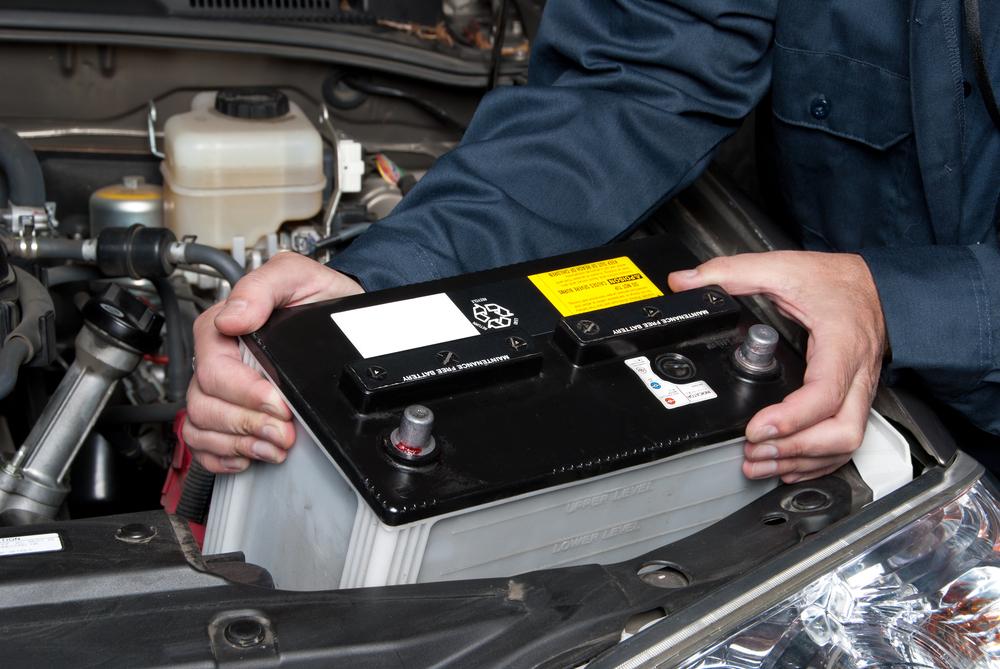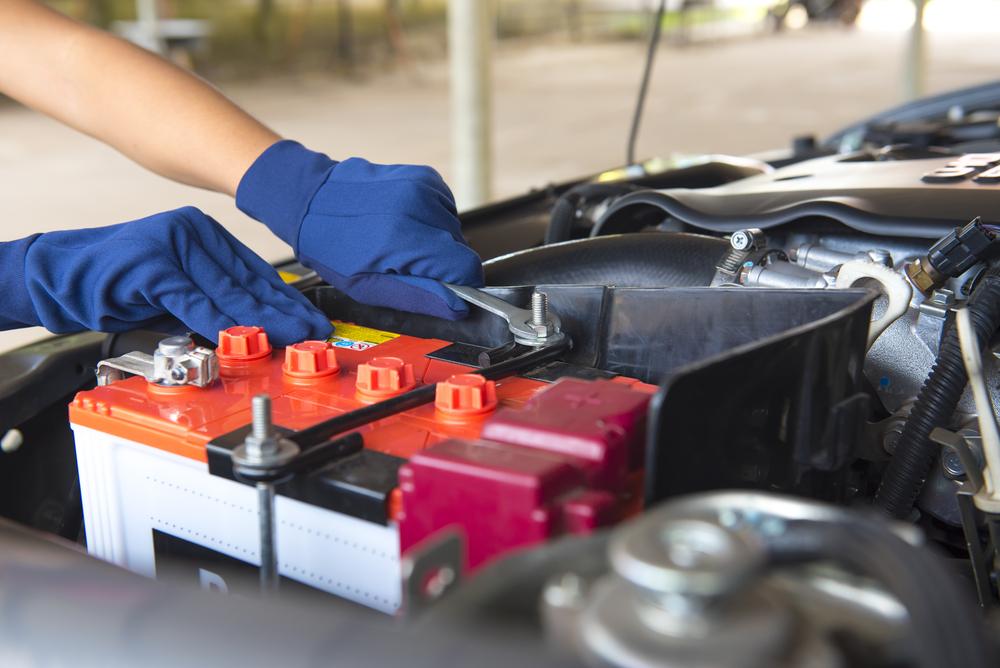Ultimate Guide: How to Select the Perfect Car Battery in 5 Simple Steps for Reliable Vehicle Performance
Choosing the right car battery is crucial for vehicle reliability and safety. This detailed guide outlines five essential steps, including assessing your vehicle’s needs, researching reputable brands, verifying quality, comparing prices and warranties, and considering durability. Following these steps ensures you select a high-quality battery tailored to your specific requirements, enhancing performance and lifespan. Proper battery selection not only prevents inconvenient breakdowns but also offers long-term savings and peace of mind. Read this comprehensive guide to make an informed purchase and keep your vehicle running smoothly in any weather condition.

Embarking on a road trip or simply maintaining your vehicle's performance hinges significantly on having a dependable car battery. The car battery serves as the power source that ignites your engine and sustains the electronic systems within your vehicle. An outdated or faulty battery can lead to unforeseen breakdowns, leaving you stranded and causing inconvenience. With an abundance of options available in the market, choosing the right replacement car battery can seem overwhelming. However, understanding the key factors and following a systematic approach can help you identify the best battery that offers durability, efficiency, and value for your money. This comprehensive guide walks you through five essential steps to select the perfect car battery tailored to your specific needs, ensuring your vehicle operates smoothly and reliably for years to come.
Step 1: Determine Your Vehicle’s Battery Requirements
The first and most important step in selecting a car battery is to understand your vehicle’s specific needs. Every vehicle has unique power requirements dictated by its make, model, engine size, and electrical systems. Your owner’s manual is the best resource for finding the recommended battery specifications, such as the battery group size, capacity (measured in cold cranking amps or CCA), and reserve capacity. If you don't have the manual handy, you can visit the manufacturer’s website or consult online databases that list compatible batteries for your vehicle model.
It's crucial to choose a battery with the correct group size—this ensures the physical fit within your engine compartment. Additionally, consider the electrical demands of your vehicle, including any aftermarket accessories like audio systems or lighting enhancements, which might necessitate a higher capacity battery. By accurately assessing your vehicle’s requirements, you set a solid foundation for selecting a suitable battery that guarantees optimal performance and longevity.
Step 2: Research Trusted Brands and Suppliers
Once you understand the specifications, the next step is to identify reputable brands and reliable suppliers. Not all batteries are created equal—quality matters, especially considering safety and durability. Leading brands such as Optima, Interstate, Bosch, and ACDelco have established excellent reputations for their high-quality products, dependable performance, and strong warranties.
To find trustworthy providers, seek recommendations from friends, family, or automotive professionals who have firsthand experience. Online reviews and customer feedback can also provide valuable insights into product reliability and vendor credibility. Visiting authorized dealerships, certified auto parts stores, or well-known online platforms ensures you receive genuine products backed by manufacturer warranties. Avoid purchasing from unknown or discount stores where the authenticity and quality of batteries might be questionable.
Step 3: Verify Quality and Authenticity
In the realm of automotive batteries, quality assurance is paramount. Prior to making a purchase, verify the authenticity and manufacturing standards of the battery. Genuine batteries come with official branding, serial numbers, and tamper-proof packaging. It’s advisable to buy from authorized dealers or certified outlets to guarantee you’re getting a legitimate product.
Check for certifications such as ISO or QMS standards, which indicate adherence to quality management practices. Furthermore, reputable batteries include detailed labels with information about the manufacturing date, warranty period, and technical specifications. Investing in a high-quality, authentic battery ensures better resistance to temperature fluctuations, longer lifespan, and greater overall reliability, ultimately saving you money on replacements and repairs.
Step 4: Compare Prices and Warranty Options
Price comparison is an essential step to ensure you get the best value for your investment. While it’s tempting to go for the lowest-priced option, consider the overall value, including brand reputation, warranty coverage, and included services like free installation or testing. Some stores may offer discounts or bundle deals that can significantly lower the total cost.
Many quality batteries come with comprehensive warranties, often ranging from three to five years. A longer warranty period indicates retailer confidence in their product's durability. When evaluating options, review the warranty terms carefully—look for coverage of manufacturing defects, free replacements within the warranty period, and straightforward claim procedures. Remember, spending a little more upfront on a durable, well-supported battery can save you money and headaches down the line.
Step 5: Consider Longevity and Additional Features
The final step involves assessing the battery’s lifespan and any value-added features that enhance performance. Modern automotive batteries may include features such as maintenance-free design, enhanced corrosion resistance, or reinforced casings for added durability in extreme weather conditions.
Look for batteries that offer longer expected lifespans—many quality brands provide details on their average service life. Additionally, check if the battery comes with a warranty that covers potential issues arising within that period. In cold climates, a high cold cranking amp (CCA) rating is critical for reliable starts during winter. Conversely, in hot regions, features that resist heat-induced degradation are advantageous.
Now armed with knowledge about specifications, brands, quality, and costs, you can make an informed decision that balances performance and affordability. Choosing the right car battery not only ensures your vehicle’s reliability but also contributes to your safety and peace of mind during everyday driving or long trips.
In summary, selecting a car battery involves understanding your vehicle’s requirement, researching reputable brands, verifying product authenticity, comparing prices and warranties, and considering longevity and extra features. Following these five comprehensive steps will enable you to pick a high-quality, reliable, and cost-effective battery that keeps your vehicle running smoothly for miles to come.





